
Elkhart Tri-Went Industrial (ETI), has developed a superior process for manufacturing complex aluminum, copper, and brass products. This process is known as FORMCAST™. The FORMCAST™ process is applicable to aerospace, automotive, defense, HVAC, marine, medical, and other applications demanding extreme accuracy and precision, minimal shrinkage, and far less porosity than compared to other processes such as die-casting.
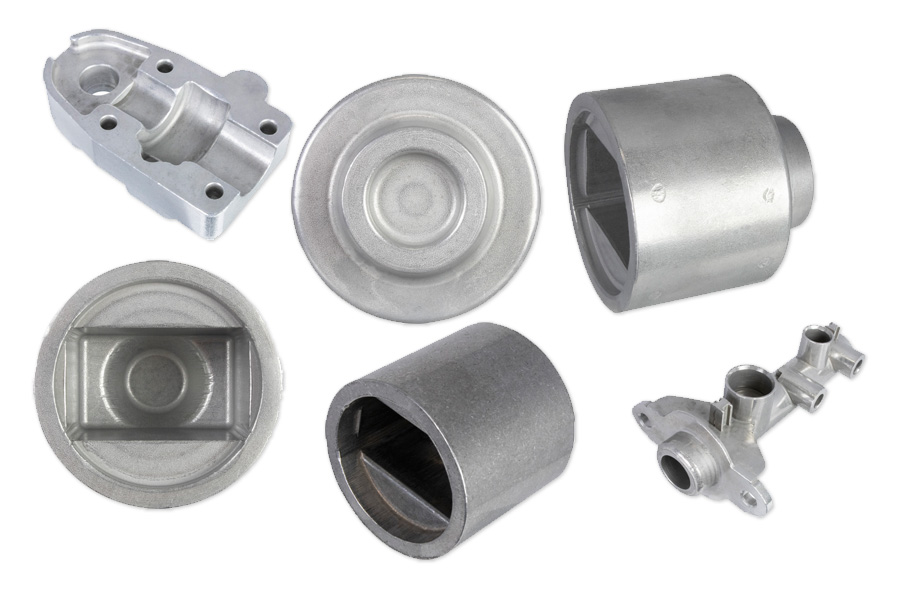
The FORMCAST™ process shares some features of forming, casting, and extrusion. The capabilities of this process extend beyond the typical processes in its ability to form highly complex, three-dimensional geometry parts, with an extreme degree of accuracy and precision. The integrity of the material is assured during formation by ensuring that the metal is kept under pressure during the entire process. This process assures that virtually no porosity, shrinkage defects, mold material defects, metallurgical defects, casting shape defects, voids, or other defects are allowed to form.
Your parts are formed in tools using precision-machined cavities, to assure the accuracy, and repeatability of the dimensions. The FORMCAST™ process with its distinct lack of porosity and near net shape can yield a 30% decrease in production scrap over your typical die-cast parts, resulting in increased throughput in production and more importantly, far better wear, load, and mechanical properties for the finished product. Give us a call and we will work with your team, hand in hand to help design the best product for your application possible.
Our ETI facility in Geneva, IN has extrusion capabilities to meet your complex part needs. Our patented extrusion process utilizes heat and pressure to produce near net shapes with next to no porosity. The lack of porosity and near net shape can yield a 30% decrease in scrap over Die Cast parts resulting in increased through put in production and more importantly, far better wear, load and mechanical properties for the finished product. Give us a call at 260-368-7246 and we will work hand in hand on designing the best product possible, or read more about our extruding process and see the grain structure and reduced porosity our process provides.
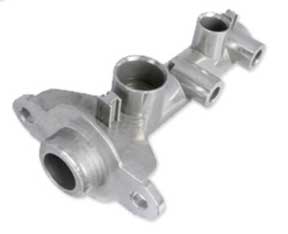
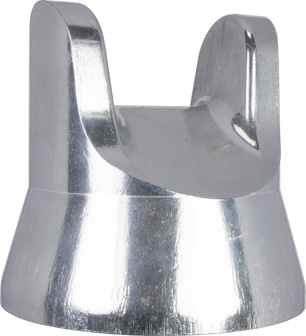
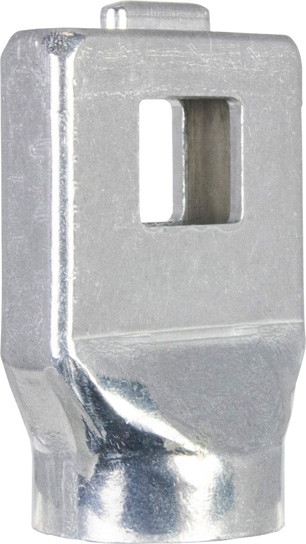
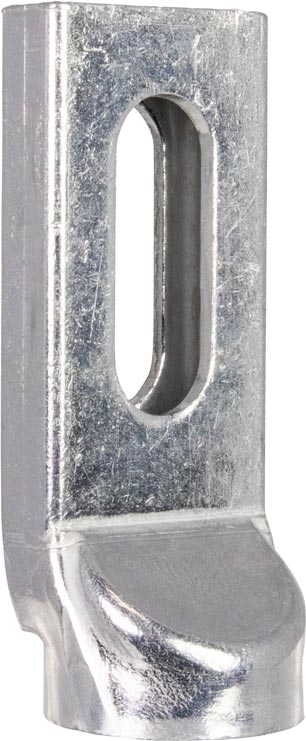
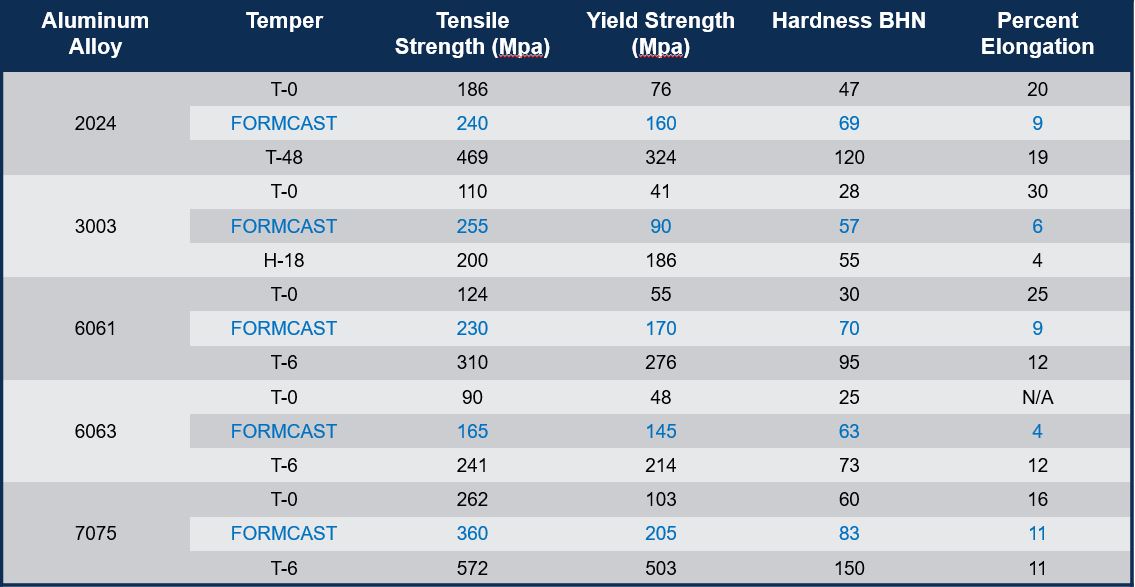
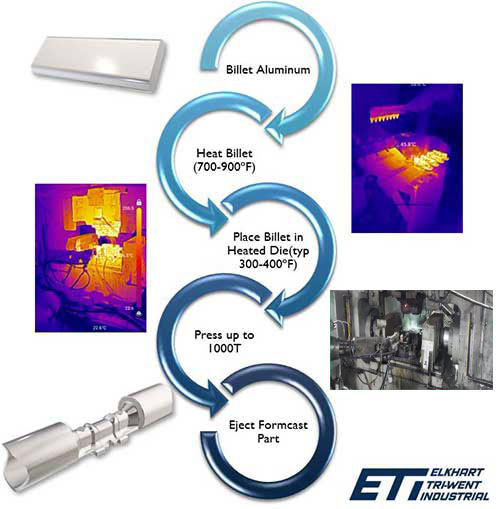
Copyright © 2024 Elkhart Tri-Went Industrial. Designed By Net-Noggin